Kenneth Sörensen
Metaheuristics "In the Large"
Dec 18, 2020Abstract:Following decades of sustained improvement, metaheuristics are one of the great success stories of optimization research. However, in order for research in metaheuristics to avoid fragmentation and a lack of reproducibility, there is a pressing need for stronger scientific and computational infrastructure to support the development, analysis and comparison of new approaches. We argue that, via principled choice of infrastructure support, the field can pursue a higher level of scientific enquiry. We describe our vision and report on progress, showing how the adoption of common protocols for all metaheuristics can help liberate the potential of the field, easing the exploration of the design space of metaheuristics.
An enhanced simulation-based iterated local search metaheuristic for gravity fed water distribution network design optimization
Sep 02, 2020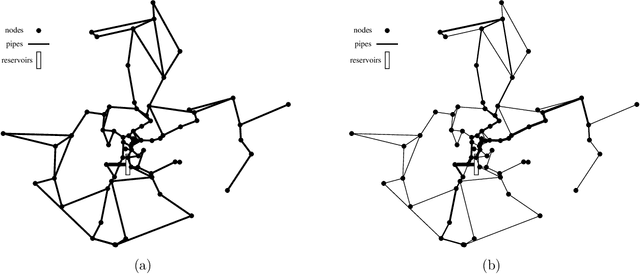



Abstract:The gravity fed water distribution network design (WDND) optimization problem consists in determining the pipe diameters of a water network such that hydraulic constraints are satisfied and the total cost is minimized. Traditionally, such design decisions are made on the basis of expert experience. When networks increase in size, however, rules of thumb will rarely lead to near optimal decisions. Over the past thirty years, a large number of techniques have been developed to tackle the problem of optimally designing a water distribution network. In this paper, we tackle the NP-hard water distribution network design (WDND) optimization problem in a multi-period setting where time varying demand patterns occur. We propose a new simulation-based iterated local search metaheuristic which further explores the structure of the problem in an attempt to obtain high quality solutions. Computational experiments show that our approach is very competitive as it is able to improve over a state-of-the-art metaheuristic for most of the performed tests. Furthermore, it converges much faster to low cost solutions and demonstrates a more robust performance in that it obtains smaller deviations from the best known solutions.
PILS: Exploring high-order neighborhoods by pattern mining and injection
Dec 24, 2019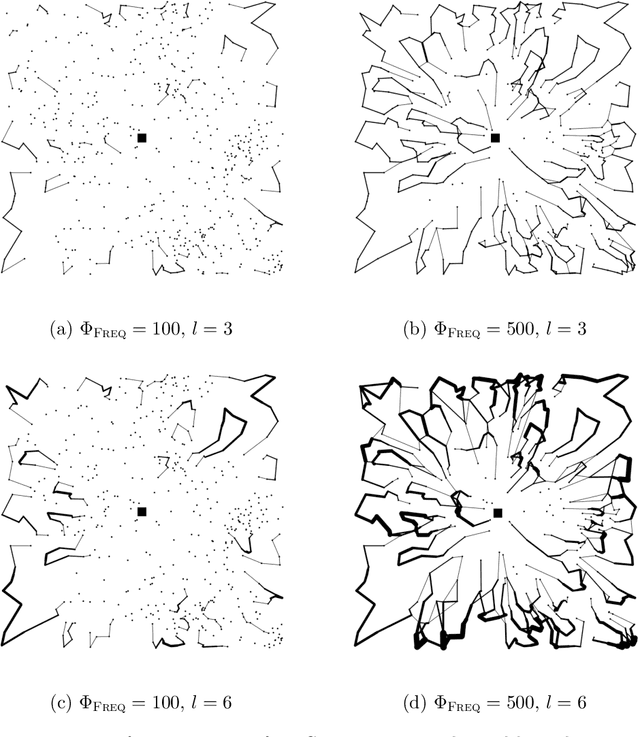
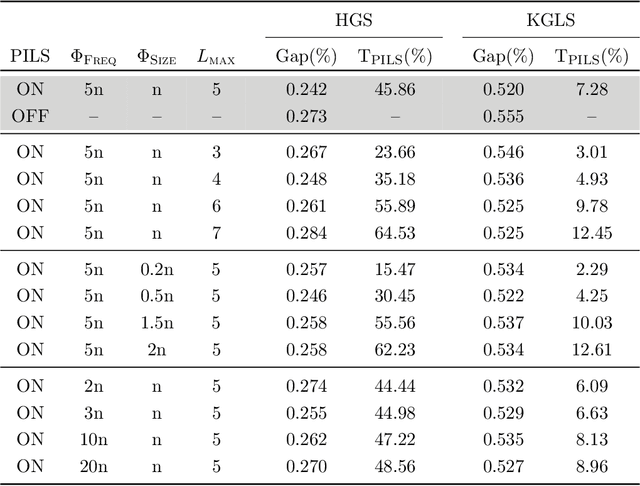
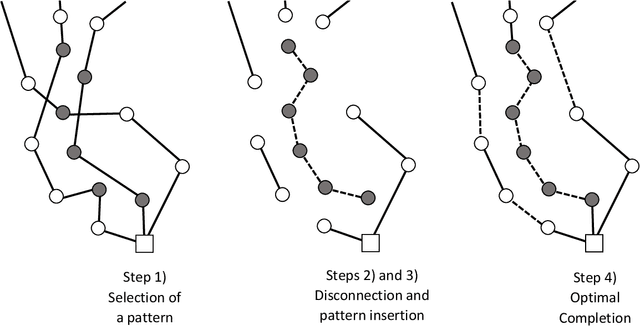
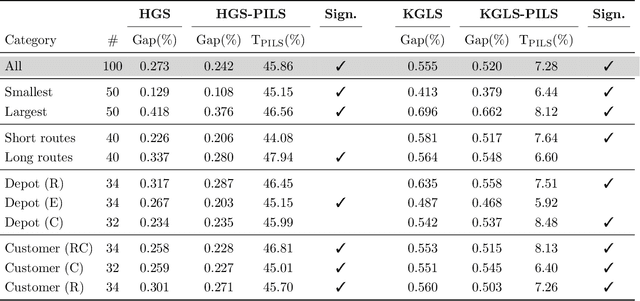
Abstract:We introduce pattern injection local search (PILS), an optimization strategy that uses pattern mining to explore high-order local-search neighborhoods, and illustrate its application on the vehicle routing problem. PILS operates by storing a limited number of frequent patterns from elite solutions. During the local search, each pattern is used to define one move in which 1) incompatible edges are disconnected, 2) the edges defined by the pattern are reconnected, and 3) the remaining solution fragments are optimally reconnected. Each such move is accepted only in case of solution improvement. As visible in our experiments, this strategy results in a new paradigm of local search, which complements and enhances classical search approaches in a controllable amount of computational time. We demonstrate that PILS identifies useful high-order moves (e.g., 9-opt and 10-opt) which would otherwise not be found by enumeration, and that it significantly improves the performance of state-of-the-art population-based and neighborhood-centered metaheuristics.
Dance Hit Song Prediction
May 17, 2019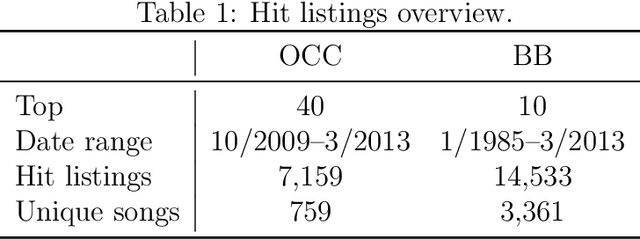
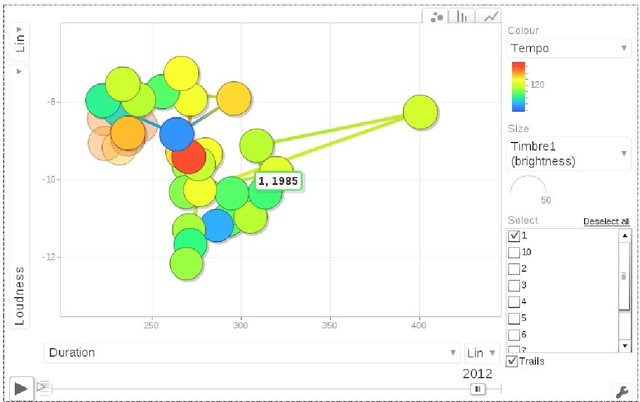

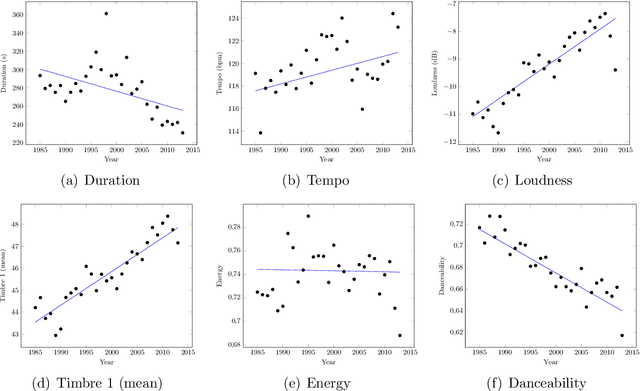
Abstract:Record companies invest billions of dollars in new talent around the globe each year. Gaining insight into what actually makes a hit song would provide tremendous benefits for the music industry. In this research we tackle this question by focussing on the dance hit song classification problem. A database of dance hit songs from 1985 until 2013 is built, including basic musical features, as well as more advanced features that capture a temporal aspect. A number of different classifiers are used to build and test dance hit prediction models. The resulting best model has a good performance when predicting whether a song is a "top 10" dance hit versus a lower listed position.
 Add to Chrome
Add to Chrome Add to Firefox
Add to Firefox Add to Edge
Add to Edge